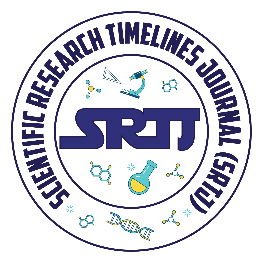Sustainable Rearing of Black Soldier Fly: Methods and Benefits
Keywords:
Flies, Bio-economy, Nutrient recycling, Poultry feed, SustainabilityAbstract
Rearing of black soldier flies (Hermetia illucens) has emerged as one of the sustainable solutions in the management of waste with the production of high-quality animal feed. It will discuss the biology and the life cycle of black soldier fly, focusing on their competence in the organically decomposing waste and creating high-value biomass. The larvae decompose waste efficiently to reduce its volume, greenhouse gases, and hence contribute to environmental sustainability. With higher protein and fat content, black soldier fly larvae are indeed an alternative feedstock that stands competitive against the traditional for livestock, poultry, and aquaculture feedstocks. These include disease management and scaled production. Innovative approaches indeed hold real promise toward integrating black soldier fly into circular economy models to improve food security and local economies.
Downloads
Downloads
Published
Issue
Section
License
Copyright (c) 2024 Scientific Research Timelines Journal

This work is licensed under a Creative Commons Attribution-NonCommercial 4.0 International License.








 This work is licensed under a
This work is licensed under a 